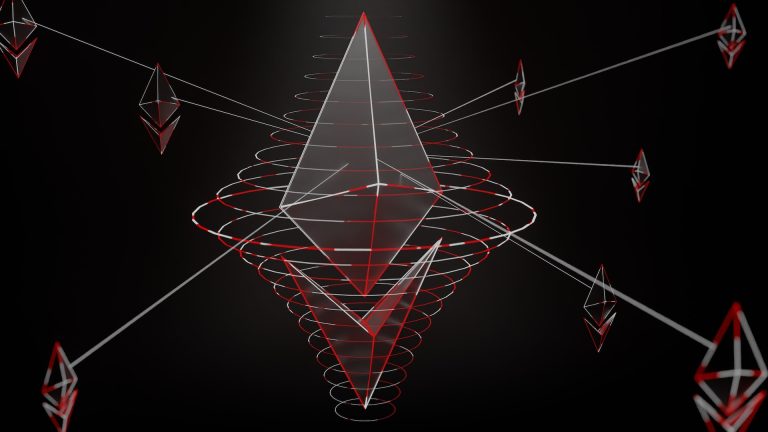Proof-of-stake is a mechanism for attaining consensus on a blockchain. Blockchain is a expertise that data transactions that may’t be deleted or altered. It’s a decentralized database, or ledger, that’s underneath nobody individual or group’s management. Since nobody controls the database, consensus mechanisms, corresponding to proof-of-stake, are wanted to coordinate the operation of blockchain-based programs.
Whereas Bitcoin popularized the expertise, blockchain is now part of many alternative programs, enabling fascinating functions corresponding to decentralized finance platforms and non-fungible tokens, or NFTs.
The primary extensively commercialized blockchain consensus mechanism was proof-of-work, which allows customers to succeed in consensus by fixing advanced mathematical issues. For fixing these issues, customers are generally offered stake within the system. This course of, dubbed mining, requires massive quantities of computing energy. Proof-of-stake is another that consumes far much less vitality.
At its core, blockchain expertise supplies three necessary properties:
- Decentralized governance and operation — the individuals utilizing the system get to collectively determine how you can govern and function the system.
- Verifiable state — anybody utilizing the system can validate the correctness of the system, with every person with the ability to be sure that the system is at the moment working as anticipated and has been since its inception.
- Resilience to information loss — even when some customers lose their copy of system information, whether or not by means of negligence or cyberattack, that information may be recovered from different customers in a verifiable method.
The primary property, decentralized governance and operation, is the property that controls how a lot vitality is required to run a blockchain system.
Voting in blockchain programs
Blockchain programs use voting to decentralize governance and operation. Whereas the precise mechanisms for a way voting and consensus are achieved differ in every blockchain system, at a excessive degree, blockchain programs enable every person to vote on how the system ought to work, and whether or not any given operation — accepting a brand new block into the chain, for instance — ought to be accepted.
Historically, voting requires that the identification of the individuals casting ballots may be recognized and verified to make sure that solely eligible individuals vote and accomplish that solely as soon as. Some blockchain programs enable customers to current a digital ID to show their identification, enabling voting with negligible vitality utilization.
Nonetheless, in most blockchain programs, customers are nameless and don’t have any digital ID that may show their identification. What, then, stops a person from pretending to be many people and casting many votes? There are a number of totally different approaches, however probably the most used is proof-of-work.
In proof-of-work, customers get votes primarily based on the quantity of computational energy they’ve in proportion to different customers. They reveal their possession of this computational energy by fixing troublesome mathematical issues. If one person can resolve twice as many issues as one other person, they’ve twice the computational energy as different customers and get twice as many votes.
Nonetheless, fixing these mathematical issues is extraordinarily vitality intensive, resulting in complaints that proof-of-work is just not sustainable. Researchers on the College of New Mexico have discovered that the local weather affect of bitcoin mining is larger than the affect of world beef manufacturing.
Proof-of-stake
To deal with the vitality consumption of proof-of-work, one other solution to validate customers is required. Proof-of-stake is one such methodology. In proof-of-stake, customers validate their identities by demonstrating possession of some asset on the blockchain. For instance, in Bitcoin, this might be possession of bitcoins, and in Ethereum, it’s possession of Ether.
Although this does require customers to briefly lock their property within the blockchain for a time period, it’s way more environment friendly as a result of it requires negligible vitality expenditure. By the corporate’s estimation, shifting from proof-of-work to proof-of-stake will scale back Ethereum’s vitality consumption by 99.95 p.c.
Ethereum’s ‘Merge’
This improved vitality effectivity is why many blockchain programs intend to transition away from proof-of-work to proof-of-stake. Ethereum made this modification on September 15, 2022. This is called the Merge. Throughout this merge, operations shifted from being voted on utilizing proof-of-work to being voted on utilizing proof-of-stake. On the completion of the merge, solely proof-of-stake might be used to vote on transactions.
The purpose is that this may arrange Ethereum to be sustainable for the foreseeable future.
This text is republished from The Dialog underneath a Artistic Commons license. Learn the unique article by Scott Ruoti, Assistant Professor of Pc Science, College of Tennessee.



